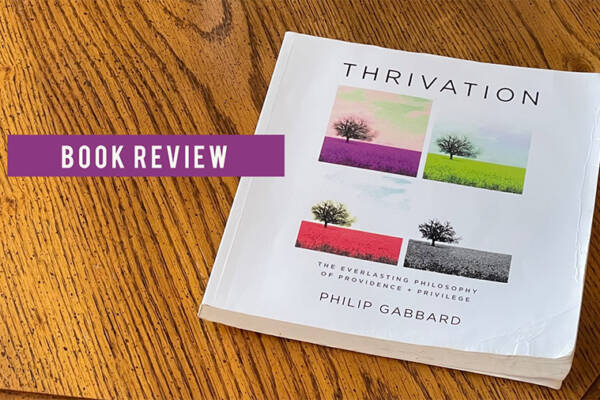
In his book “Stoicism and the Art of Happiness“, the author Donald Robertson explores the ancient philosophy of Stoicism and its relevance to modern life. Through accessible and engaging writing, Robertson offers readers an understanding of the key tenets of Stoicism and how they can be applied to find greater happiness and fulfilment in life. Drawing on the writings of the great Stoic philosophers such as Epictetus, Seneca, and Marcus Aurelius, Robertson presents practical exercises and techniques for developing a more Stoic approach to life, encouraging readers to cultivate resilience, inner peace, and a sense of purpose.
How Stoicism has transformed my life
I have adopted many powerful stoic principles the last couple of years that increased my baseline happiness levels. One of the big ones, second only to learning to stop giving a shit about what people might think of me and what I do (still Work in Progress!), is the Stoic idea of being indifferent to thing that are not under ‘our direct control’. The weather, death, traffic, other people, outcome of soccer games, train delays, sickness, international politics etc.. So much anger, anxiety and frustration has been avoided since I fully committed to this principle. What a great source of fulfilment and tranquility! This book does a great job summarizing Stoic philosophy in a practical fashion.
Video Review of Stoicism and the Art of Happiness.
Notes and Highlights – Stoicism and he Art of Happiness
The Dichotomy of Control
– Mindfulness of what is up to us and what’s not is one of the main remedies for emotional suffering.
Review the days of your life
-Set you intentions each morning and evaluate how you did each evening. Where did you act virtuously, and where did you miss the mark? Review your actions and evaluate you conduct.
The Truth about Judgement
“Men are disturbed not by things, but by the views which they take of them” – Epictetus
Daily Practices
Novice Stoics should begin by training themselves each day:
- To endure what they irrationally fear, or find aversive, with courage and perseverance.
To renounce, or abstain from, what they irrationally crave, through discretion and self-discipline.
Outcome independence:
The goal of a Sage (the Stoics ideal) would not be to benefit others, which is beyond his control, but rather simply do his best to benefit them. Like an archer firing a arrow, his work is done when he has done his best, weather or not he hit his target.
Book Verdict – Stoicism and he Art of Happiness
Stoicism and he Art of Happiness is a great book, even excellent if you can ignore its repetitive textbook nature, that provides a comprehensive overview of Stoicism. It’s also full of Stoic exercises on how to apply the philosophy to everyday life.
That said, I still believe that William Irvine’s A Guide to the Good Life’ is the best starting point if you are curious about Stoicism–and you should be. It’s a fascinating and very practical philosophy!
⭐️ ⭐️ ⭐️ ⭐️ out of 5
Get the Book! (Amazon)
Find more great books to read on the Great Books List
Video Reviews every week on YouTube , and support the BookLab mission on Patreon


